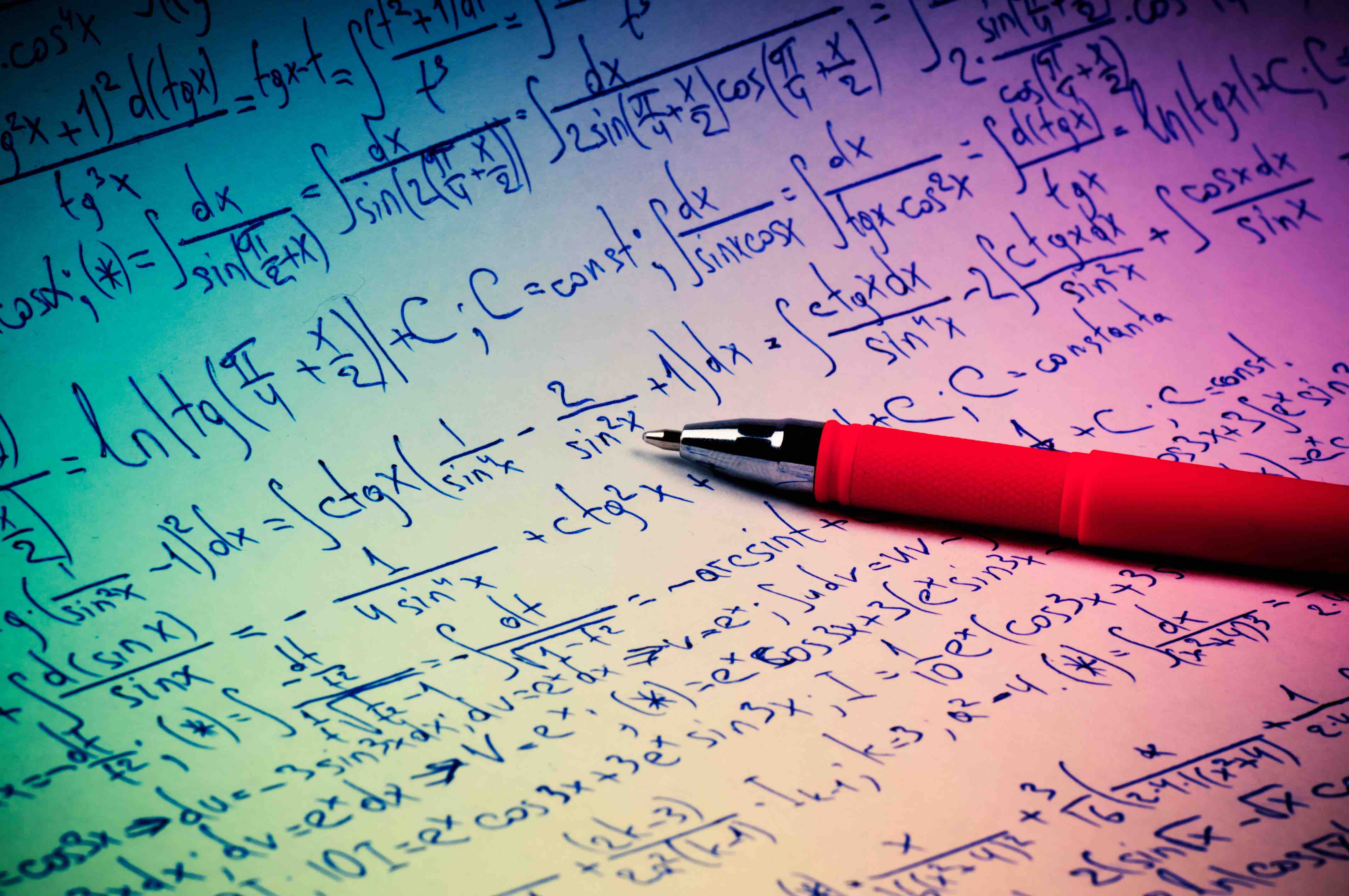
Division is a fundamental operation in mathematics that allows us to divide numbers into equal parts and understand the concept of sharing and distribution. It plays a crucial role in various real-life scenarios, from splitting a pizza among friends to calculating the average speed of a moving object. In this comprehensive article, we delve into the fascinating world of division, uncovering 15 intriguing facts that will broaden your understanding of this mathematical operation. Join us as we embark on a journey of exploration and discover the beauty of division.
Division Basics: Dividend, Divisor, and Quotient
Division involves three key elements: the dividend, the divisor, and the quotient. The dividend is the number being divided, the divisor is the number by which we divide, and the quotient is the result of the division.
The Division Symbol: ÷ and /
In mathematical notation, division is represented by the division symbol, which can be either “÷” or “/”. The dividend is written on top of the division symbol, while the divisor is written below it.
Division Terminology: Quotient and Remainder
In division, the quotient is the whole number part of the result. If there is a remainder, it represents the amount left over after dividing as completely as possible.

Divisibility Rules: Dividing with Ease
Divisibility rules help determine if a number is divisible by another number without performing the actual division. For example, a number is divisible by 2 if it ends in 0, 2, 4, 6, or 8.
Long Division: A Methodical Approach
Long division is a common method used to divide large numbers or numbers with multiple digits. It involves a step-by-step process of dividing, multiplying, subtracting, and bringing down digits until the division is complete.
Division with Decimals: Extending the Concept
Division can also be performed with decimal numbers. In decimal division, the divisor and dividend are written with decimal points aligned, and the division is carried out as usual.
Division as the Inverse of Multiplication
Division and multiplication are inverse operations. Dividing a number by another is the same as multiplying the first number by the reciprocal of the second number.
Fraction Division: Sharing in Parts
Division can be represented as a fraction. Dividing one fraction by another is equivalent to multiplying the first fraction by the reciprocal of the second fraction.

Division by Zero: Undefined
Division by zero is undefined in mathematics. It is impossible to divide a number by zero, as it leads to mathematical inconsistencies.
The Quotient Rule in Calculus
In calculus, the quotient rule is a formula used to find the derivative of a function that is the quotient of two other functions. It is an essential tool in differential calculus.
The Joy of Division Puzzles
Division puzzles are a fun way to sharpen your division skills and problem-solving abilities. From number grids to mystery quotient challenges, these puzzles provide a stimulating mental workout.
The Division Algorithm
The division algorithm is a fundamental theorem in number theory. It states that given any two integers, a dividend, and a nonzero divisor, there exist unique integers called the quotient and remainder that satisfy the division equation.
Division in Advanced Mathematics
Division extends beyond elementary arithmetic and finds applications in advanced mathematical fields such as algebra, number theory, and calculus. It forms the basis for more complex concepts and theories.

Division in Computer Science
Division is an essential operation in computer science and programming. It is used in algorithms, data structures, and various mathematical calculations performed by computers.
Division in Everyday Life
Division plays a significant role in our daily lives. From dividing expenses among friends to calculating recipe measurements, understanding division helps us navigate practical situations.
Final Thoughts
Division is a fundamental mathematical operation that empowers us to split and distribute quantities, solve problems, and explore the intricate relationships between numbers. Through this article, we have unveiled 15 fascinating facts about division, from its basic principles to its applications in various domains. Whether you’re a student, a math enthusiast, or someone curious about the world of numbers, we hope this exploration has deepened your appreciation for the power and versatility of division. Division is not just a mathematical operation; it is a key that unlocks a world of possibilities.
Frequently Asked Questions (FAQs)
What happens when you divide a number by zero?
Division by zero is undefined in mathematics. It leads to mathematical inconsistencies and cannot be performed.
Can you divide by a fraction?
Yes, you can divide by a fraction. Dividing by a fraction is equivalent to multiplying by its reciprocal.
What is the purpose of long division?
Long division is used to divide large numbers or numbers with multiple digits. It provides a systematic approach to division.
Are there any shortcuts for division?
Yes, divisibility rules provide shortcuts to determine if a number is divisible by another number without performing the division.
How is division used in real life?
Division is used in various real-life scenarios, such as dividing expenses among friends, calculating recipe measurements, and determining average values.
Was this page helpful?
Our commitment to delivering trustworthy and engaging content is at the heart of what we do. Each fact on our site is contributed by real users like you, bringing a wealth of diverse insights and information. To ensure the highest standards of accuracy and reliability, our dedicated editors meticulously review each submission. This process guarantees that the facts we share are not only fascinating but also credible. Trust in our commitment to quality and authenticity as you explore and learn with us.
